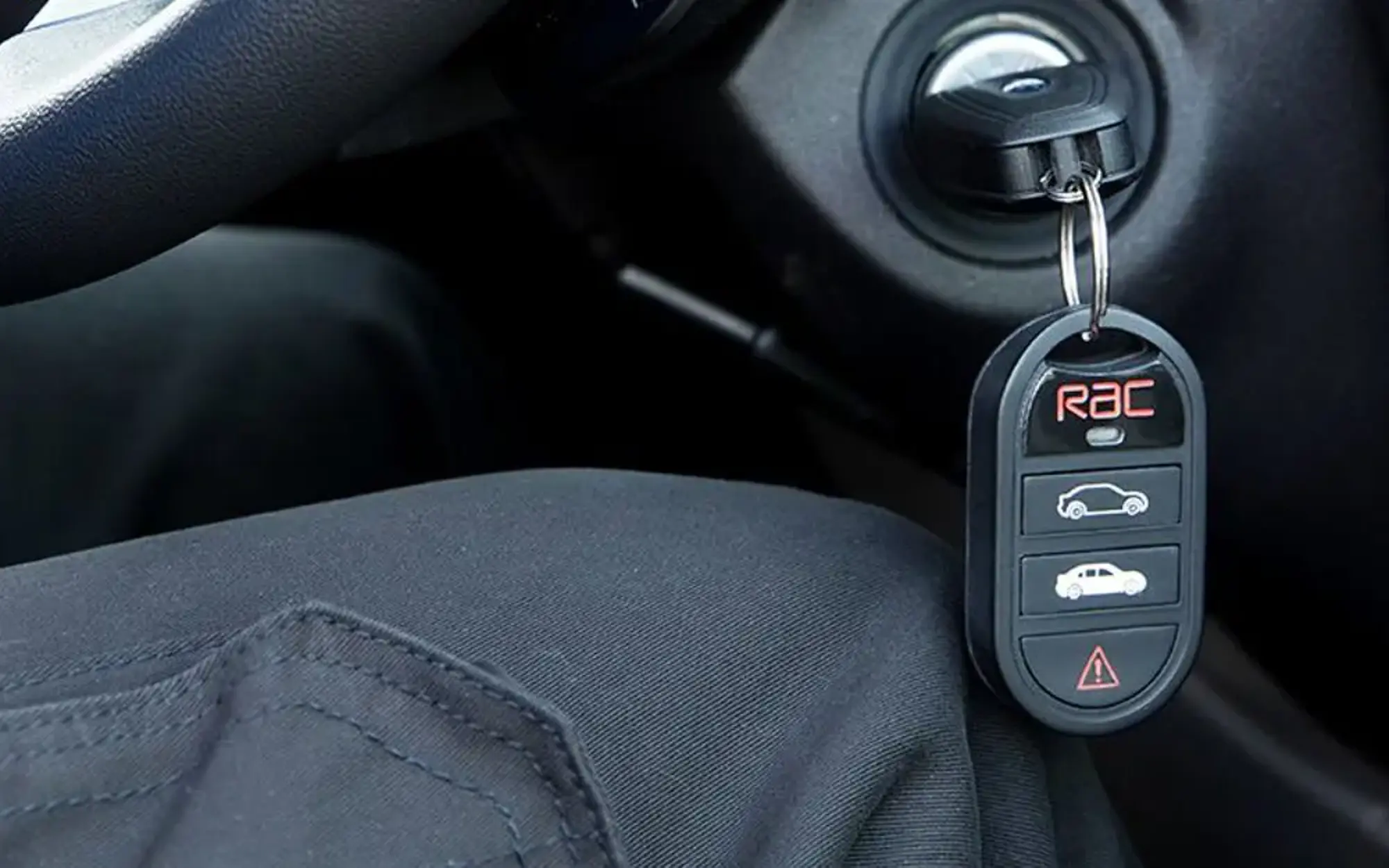
Top 5 Driver Behaviours
How drivers act is very important. It affects safety, fuel use, and costs.
If you run 5 to 99+ vehicles, driver behaviour matters. Safe drivers mean fewer accidents, lower fuel costs, and less stress. This guide shares the top 5 behaviours and how telematics can help.
What is driver behaviour?
Driver behaviour means how a person drives. This includes:
- Following traffic rules.
- Staying calm.
- Being careful around others.
Good driving keeps roads safe and saves money.
Top 5 driving styles
-
Aggressive Driving
Aggressive drivers go too fast, follow too closely, or switch lanes quickly. This causes crashes, wastes fuel, and damages vehicles. Drivers who feel stressed or angry may drive this way. -
Distracted Driving
Distracted driving happens when drivers are not paying attention. For example, using a phone or eating while driving. This makes crashes more likely. Telematics can warn drivers when they are distracted. -
Defensive Driving
Defensive drivers plan ahead. They look out for risks and drive safely. This prevents accidents. Training can help drivers learn this. -
Eco-Driving
Eco-driving saves fuel. Drivers brake gently and avoid sudden moves. This cuts costs and reduces pollution. -
Inattentive Driving
Inattentive drivers miss road signs or signals. They may be tired or daydreaming. Regular breaks and telematics can help.
What Is Good Driving?
Good driving means:
- Obeying rules.
- Keeping a safe distance.
- Being polite to others.
This helps avoid crashes and saves money.
Risky Driving Styles
Aggressive and distracted driving are the most dangerous. They put everyone at risk. Managers should watch for these behaviours and fix them.
How Telematics Helps
Telematics shows how drivers act. It tracks speed, braking, and other habits. This helps managers find and fix problems.
Benefits of Telematics:
- Fewer Repairs: Fix problems early.
- Lower Fuel Use: Use less fuel and cut pollution.
- Better Safety: Train drivers to improve.
Tools like RAC Connect360 give you helpful insights. These tools help you run a safer, cheaper fleet.
Good driver behaviour keeps fleets safe and costs low. Telematics makes it easier to track and improve how people drive.
Related Telematics Articles
Driver behaviour FAQs
Good driver behaviour involves following traffic laws, maintaining safe distances, and being courteous to other road users. It helps ensure safety and efficiency on the road.
Driving style behaviour refers to how a driver typically operates their vehicle, including their speed, braking patterns, and overall attentiveness.
Drivers' attitudes encompass their mindset and approach to driving, which can significantly impact their behaviour on the road.
Driver characteristics and behaviours include how drivers react to stress, their adherence to traffic rules, and their interaction with other road users.
Telematics provides real-time data on driving patterns, helping fleet managers identify and correct risky behaviours, ultimately leading to safer and more efficient driving.
Driver behaviour monitoring involves using technology like telematics to track and analyse how drivers operate their vehicles, allowing for targeted improvements in driving performance.
Fleet managers can promote good driving behaviour through regular training, incentives for safe driving, and the use of telematics to monitor and provide feedback on driver performance.
Driver behaviour, such as smooth acceleration and braking, can significantly impact fuel efficiency. Eco-driving techniques help reduce fuel consumption and lower operating costs.
Business Breakdown Cover
Keep your business moving
Pay monthly from £11.00 per vehicle – exclusive to the RAC




